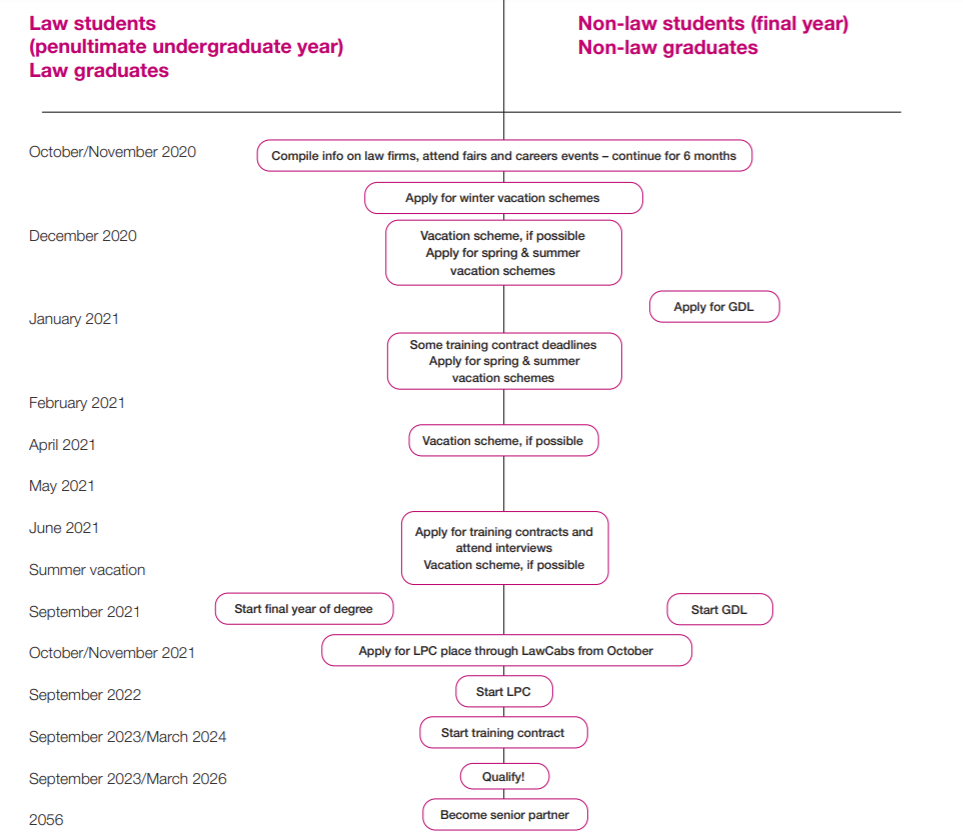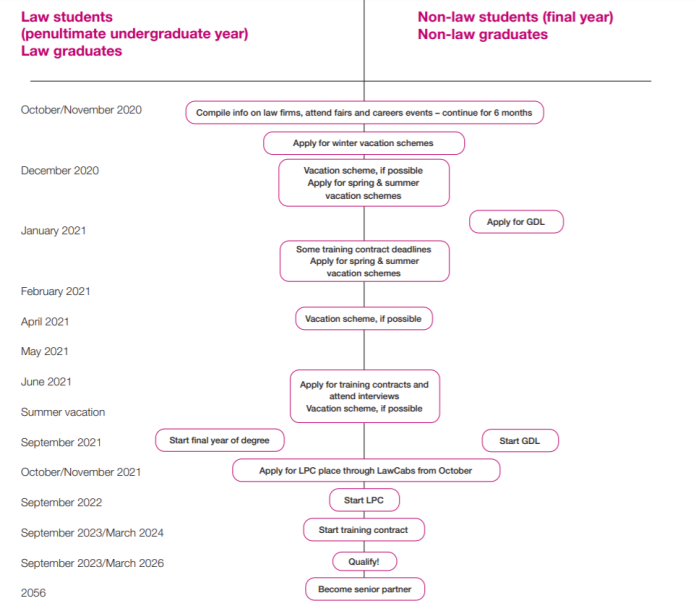
Unlocking the Path to a Legal Career: A Step-by-Step Guide to Becoming a Lawyer After High School
For many students who have a passion for law, the path to becoming a lawyer may seem uncertain and daunting, especially right after high school. However, with proper guidance and a clear plan, achieving this dream is within reach. This step-by-step guide will provide valuable insights into the journey of becoming a lawyer after high school, helping you unlock the path to a successful legal career.
Step 1: Lay a Strong Foundation in High School
The first step on your path to becoming a lawyer is to lay a solid foundation during your high school years. Focus on honing your analytical and critical thinking skills, as well as your research and writing abilities. Take advantage of any law-related or debate clubs offered at your school, as they can provide you with a glimpse into the legal world and help you develop essential skills.
Step 2: Pursue an Undergraduate Degree
After graduating from high school, the next crucial step is obtaining an undergraduate degree. While there isn’t a specific major required to pursue a legal career, majors such as Political Science, History, Philosophy, or English can be advantageous due to their emphasis on critical thinking, research, and writing skills. It is also essential to maintain a high GPA during your undergraduate studies, as law schools often consider academic performance when evaluating applicants.
Step 3: Prepare for and Take the LSAT
The Law School Admission Test (LSAT) is a standardized test required by almost all American Bar Association-approved law schools. This test assesses essential skills such as reading comprehension, logical reasoning, analytical thinking, and writing ability. Begin preparing for the LSAT well in advance, using study guides and practice tests to ensure you are ready to achieve a competitive score.
Step 4: Research and Apply to Law Schools
Once you have completed the LSAT, it’s time to research and select the law schools you wish to apply to. Make sure to consider factors such as location, reputation, faculty, courses offered, and the school’s success in job placement. Don’t limit yourself to only prestigious universities; explore a range of options that align with your goals and ambitions. Gather letters of recommendation from professors or employers, write an impressive personal statement, and submit your applications before the deadlines.
Step 5: Excel in Law School
Congratulations on getting accepted into law school! Now is the time to immerse yourself in the legal education process fully. Attend classes regularly, engage in discussions, and seek opportunities to connect with professors and classmates. Developing strong relationships with faculty members can lead to mentorship opportunities and letters of recommendation for future endeavors. Additionally, consider joining moot court, trial advocacy, or other extracurricular activities to gain practical experience and build your resume.
Step 6: Pass the Bar Exam
After completing your law degree, you must pass the bar exam in the state where you intend to practice law. The bar exam is a comprehensive evaluation of your legal knowledge and analytical skills. Prepare for the exam by utilizing bar review courses, practice exams, and study groups. Dedicate significant time to study, as passing the bar exam is essential for obtaining your law license.
Step 7: Gain Practical Experience through Clerkships and Internships
While passing the bar exam is a significant accomplishment, it’s not the end of your journey. To enhance your legal skills, gain exposure to real-world scenarios, and build your professional network, seek opportunities for clerkships and internships. Interning at law firms, government agencies, or legal aid organizations can provide you with practical experience and valuable insights into different areas of law.
Step 8: Build a Professional Network
Networking is crucial in the legal profession. Attend legal conferences, join professional organizations, and participate in events that connect lawyers in your area of interest. Building relationships with experienced attorneys can open doors for job opportunities, mentorship, and valuable insights into the legal industry.
Step 9: Begin Your Legal Career
With all the necessary steps complete, it’s finally time to embark on your legal career. Whether you join a law firm, work as a public defender, or pursue a career in academia, your hard work, perseverance, and dedication have paid off. Remember that the legal profession requires continuous learning and adaptability, so stay up-to-date with legal developments and strive for professional growth.
In conclusion, becoming a lawyer after high school is a challenging yet rewarding journey. By following this step-by-step guide, you can unlock the path to a successful legal career. Lay a strong foundation in high school, pursue an undergraduate degree, excel on the LSAT, attend law school, pass the bar exam, gain practical experience, build a professional network, and finally embark on your legal career. With determination and dedication, the dream of becoming a lawyer can become a reality.








